Humans find natural scenes restorative. But what within natural scenes make them easier to process, leading to stress recovery or attention restoration? Green. Scenes with water. And even a picture of these things.
Robert Ulrich, in 1984 (View through a window may influence recovery from surgery), showed that surgical patients recovered more quickly if they had a view of nature. He compared two groups of patients in a suburban hospital in Pennsylvania, USA. One group could see a small stand of deciduous trees through their hospital ward window. The other group looked out on to a brown brick wall. Patients with the view of the trees spent less time in hospital, seemed brighter during their stay, required less pain relief, and had fewer post-operative complications. Wisely, Ulrich cautioned us that we can’t necessarily generalise these results to all built views or all patient groups. The results might have been different if the alternative to a view of trees was a dynamic view of the city, especially for patients who had been in hospital for a long time or were bored. But subsequent studies have supported these findings: nature is restorative and a substitute such as a natural view through a window or paintings, photos, videos or computer-generated virtual reality, can also be effective. Immersive computer-generated virtual reality might even be a surrogate for experiencing real nature (Restorative effects of virtual nature settings).
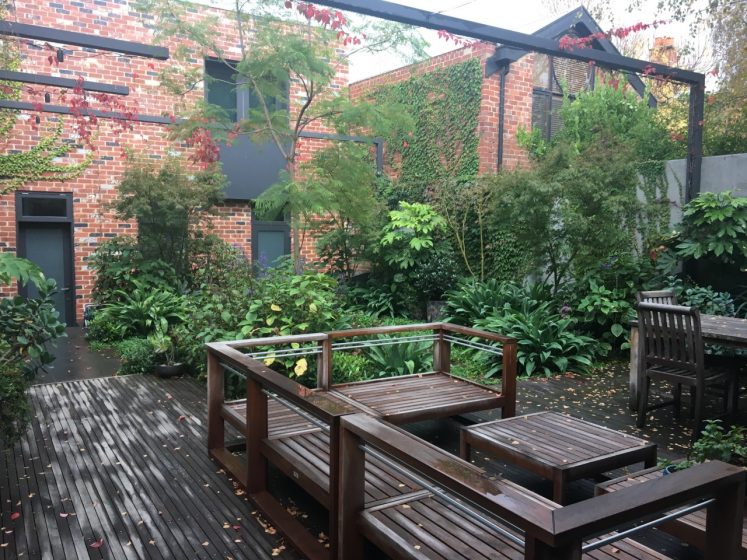
Ulrich and his contemporaries Stephen and Rachel Kaplan produced seminal studies in the 1970s and 1980s, exploring landscape perception, landscape preference and the restorative capacity of nature. They concluded that people prefer natural views over urban views lacking natural vegetation. Views of vegetation, especially with water, held interest and attention more effectively than urban views. This was despite both types of view containing equivalent visual information, i.e. the same amount of content to process. Ulrich proposed that natural views elicited positive feelings, reduced fear in people that were stressed, held their interest and reduced stressful thoughts. He focused on nature restoring people’s physiological stress and anxiety and developed Stress Recovery Theory. In contrast, Stephen Kaplan interpreted the restorative capacity of nature in terms of attention fatigue, and developed Attention Restoration Theory.
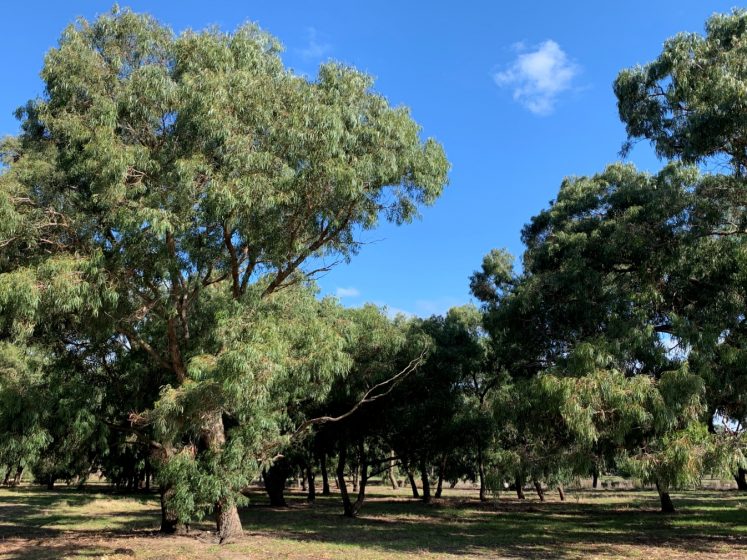
Of course, some nature can be threatening. Just think of an African savannah with a pride of lions stalking zebra, or an Australian nature reserve that is a red-belly black snake sanctuary. So Ulrich believed that the restorative power of unthreatening natural landscapes relieved psycho-physiological stress (Stress Recovery During Exposure to Natural and Urban Environments). Stress has been defined as the condition that results when people find themselves in a situation that demands more of their biological, psychological or social resources than they feel are available. This leads to increased physiological arousal and negative emotions. Ulrich posited that recovery from psycho-physiological stress requires a positive change in emotional state. His research, and that of others since, using self-ratings of emotions of respondents and physiological measures of heart rate, muscle tension, skin conductance and blood pressure, found that exposure to natural environments does, indeed, produce positive mood changes, mediating the negative effect of stress, reducing negative mood states, e.g. fear, anger, sadness and aggression, and enhancing positive emotions, such as feeling carefree, friendly or affectionate. Even exposure to a small amount of nature is beneficial: urban environments with trees generated more positive emotions, fewer negative emotions, and positive physiological responses compared with urban environments with no natural features. Exposure to environments with no natural features evoked anxiety, anger, frustration and sadness.

In contrast, Kaplan in 1995 argued that restoration of attention fatigue underlay favourable responses to nature (Restorative Benefits of Nature: Toward and Integrative Framework). He did not dismiss Ulrich’s theory but rather argued that stress and mental fatigue were related: stress could lead to mental fatigue, and mental fatigue could increase vulnerability to stress. He studied attention, distinguishing voluntary attention from involuntary attention. He argued that voluntary, or directed, attention is essential for human effectiveness in everyday life. It is required for clear thinking, planning and follow-through, positive emotions, and, most importantly, inhibition of inappropriate behavior. Thus, loss of directed attention could lead to negative emotions, irritability, impulsiveness, impatience, reduced tolerance for frustration, insensitivity to interpersonal cues, decreased altruistic behaviours, reduced performance and increased likelihood of taking risks. Sleep is generally required to restore directed attention, but insomnia can accompany the loss of directed attention. Kaplan posited that the cure for loss of directed attention is “another mode of attending that would render the need for directed attention temporarily unnecessary” (p. 172). That cure, he suggested, is through involuntary attention.
He described involuntary attention as having four components: fascination, being away, extent, and compatibility. Fascination can be “hard”, e.g. watching car racing, or “soft”, e.g. bird watching. Being away and extent can be conceptual rather than physical. For example, a change in the direction of one’s gaze can be sufficient to “be away”; extent must be sufficient to offer the tired mind another world in which to escape. The compatibility must be between the new environment and its intended purpose for the person. So, in viewing nature we are taken away from our current situation, engaging with the soft fascination of birds, plant life, waterbodies, etc. The natural view suggests something beyond what we see, a broader extent, and is compatible with our need for respite from the everyday. The restorativeness of a setting is determined by assessing the performance of tasks that require mental attention and self-rating on four scales of fascination, getting away, extent and compatibility.
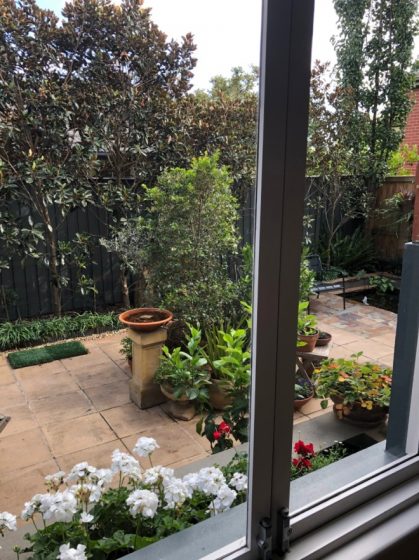
In a study similar in concept to Ulrich’s study of surgical patients, published 11 years later in 1995, Carolyn Tennessen and Bernadine Cimprich (Views to nature: Effects on attention) found that students living in dorms with all natural or partly natural views were more able to direct attention than those with partial or full views of built landscapes. They concluded that looking through a window on to a natural scene might be “an easily accessible ‘micro-restorative’ activity” (p. 78). Again, the authors were cautious about extending results to other population groups, e.g. office workers and elderly people, but the evidence is mounting.
Stress Recovery Theory and Attention Restoration Theory are now viewed as complementary rather than in competition and offer two perspectives on understanding our favourable response to nature, and in fact our human need for it. Rita Berto wrote a good review of them in 2014 (Literature review on restorativeness), which provides more detail than given here.
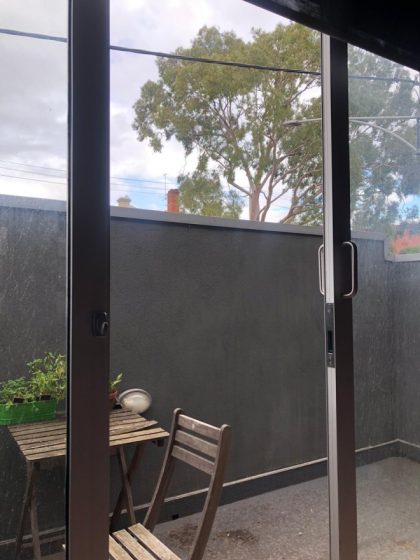
But why do humans respond so positively to nature, to the extent that we need it for our psycho-physiological well-being? Both Ulrich and Kaplan believed that the restorativeness of nature had an evolutionary basis. Ulrich argued that human preference for natural landscapes and their restorative quality is a consequence of human evolution in natural landscapes. We feel most comfortable in the landscape in which we evolved. Edward Wilson described this as biophilia: humans have an innate connection with and love for nature and natural places. Kaplan’s theory assumed that humans have an inherent predisposition to pay attention and respond positively to natural content and to landscape configurations that are characteristic of settings that supported human survival through evolution.
But these ideas are not accepted without challenge. In a fascinating paper published in 2011, Yannick Joye and Agnes van den Berg dissect all the arguments for an evolutionary basis of the restorative capacity of nature (Is love for green in our genes? A critical analysis of evolutionary assumptions in restorative environments research). They conclude that biophilia cannot be supported by empirical evidence. They do acknowledge the evidence supporting the importance of unthreatening nature, and especially green vegetation, in the restorativeness of natural landscapes. But, in place of biophilia, they propose Phytophilic Response Module. They don’t dispute that a green vegetative setting is restorative but argue that this is not necessarily hardwired in humans through evolution. Rather they suggest that the ease with which a green vegetated landscape can be visually processed is critical to restorativeness. Processing fluency is the ease with which a person feels able to process a visual stimulus or sight. Fluent processing is often accompanied by positive emotions. So, the Perceptual Fluency Account of restoration states that unthreatening natural scenes are evaluated more positively than unthreatening urban scenes because our visual system processes certain aspects of the visual structure of natural scenes more easily than those of urban scenes. Restoration, thus, lies in the ability of positive emotions to undo stress. The positive emotions are due to processing fluency rather than evolutionary memory. Processing green natural settings would require less mental effort than processing urban scenes, which is consistent with the findings within Attention Restoration Theory that viewing natural scenes is better than viewing urban scenes to restore directed attention. So, we can see that both stress reduction and attention restoration can be related to processing fluency. In proposing this, Joye and van den Berg remind us that processing fluency relates to the effortless processing that Kaplan attributed to fascination, and also to the ease and efficiency of processing natural scenes that Ulrich attributed to the evolution of the human brain and its sensory systems in natural environments.

So, humans find natural scenes restorative. But what within natural scenes make them easier to process, leading to stress recovery or attention restoration? The components of restorative landscapes, in a study of small parks in Oslo, Norway, conducted in 2011, were trees, grass and the presence of other people. Decorative elements such as flowers and water features were less important to people looking for somewhere to rest (Assessing restorative components of small urban parks using conjoint methodology). However, in another study published the previous year, the presence of water was restorative, even in urban scenes. In fact, built landscapes with water were as restorative as entirely green natural landscapes (Blue space: The importance of water for preference, affect, and restorativeness ratings of natural and built scenes).
Joye and van den Berg suggest that it is the coherence of a landscape that is important to it being restorative. Coherence is the way that a landscape “hangs together” and can be viewed as a whole. Natural landscapes have been found to be more coherent than urban landscapes. More coherent landscapes might be easier to process visually, leading to greater processing fluency and restorativeness. Joye and van den Berg attribute this coherence to the fractal structure of natural landscapes. Fractals predominate in nature, in which patterns repeat themselves at different scales. They give the example of a tree, in which branches are scaled-down versions of the whole tree. The fractal structure of nature provides perceptual predictability. This pattern repetition facilitates fluent processing of the landscape, and fluent processing is often accompanied by positive emotions.
So, as we remain in isolation, some of us will be lucky enough to have green leafy gardens in which to restore our positive emotions and relieve mental fatigue. Those of us who live in dense urban locations might have a leafy balcony to retire to, or a window on to a park or perhaps street trees. The rest of us should not despair, though. Stress recovery and mental restoration are still possible through viewing pictures of green vegetated landscapes on our walls or even virtual reality. Whatever our circumstances and wherever we are, the restorative benefits of nature can still be enjoyed.
Meredith Dobbie
Victoria


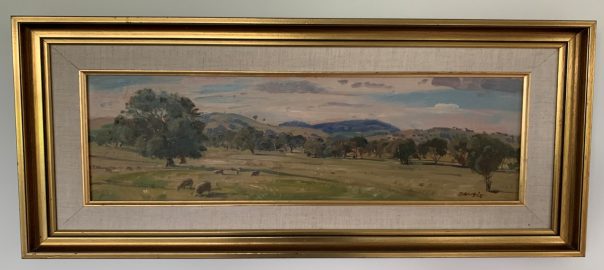
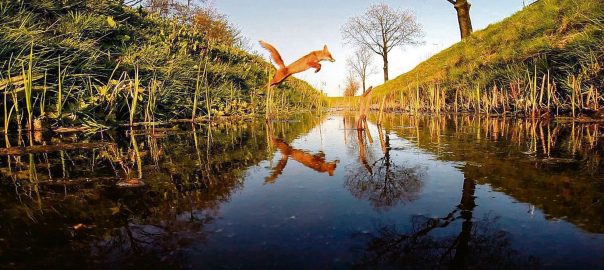
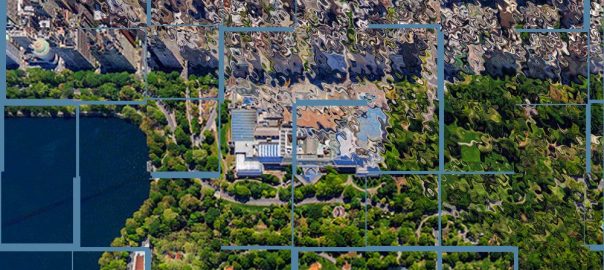
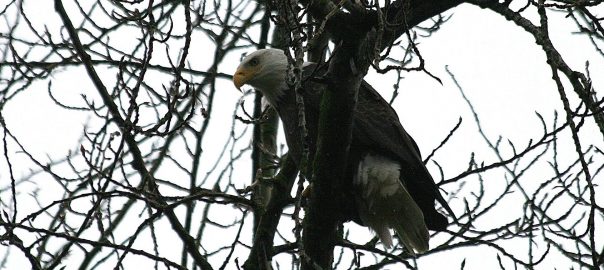
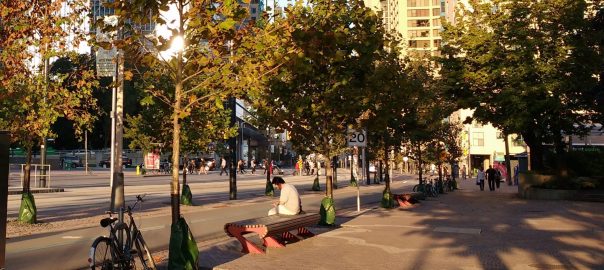
Leave a Reply